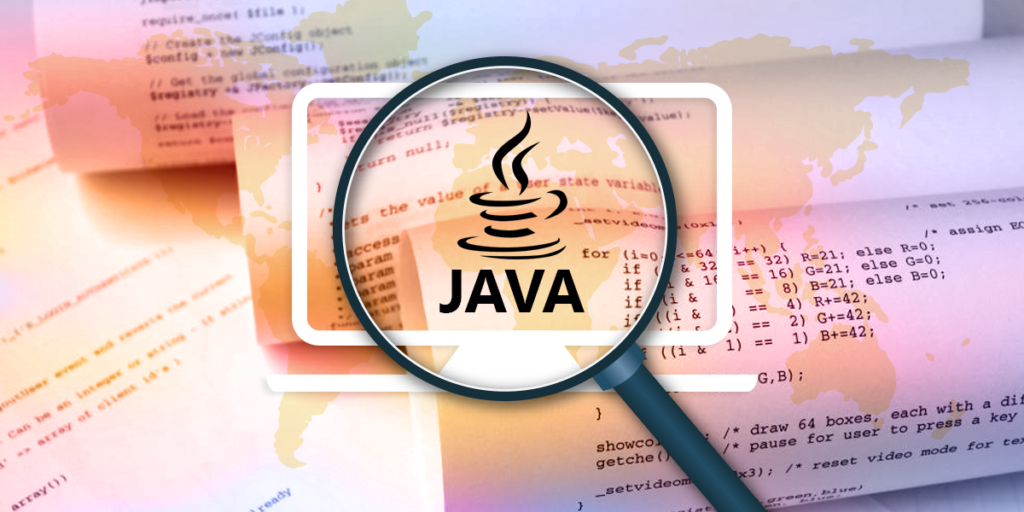Java is one of the most widely used programming languages, known for its portability, reliability, and scalability. Writing clean and efficient Java code requires adherence to best practices and coding guidelines. These guidelines ensure maintainability, readability, and performance optimization in Java applications. This article provides a comprehensive overview of Java programming guidelines, covering code formatting, naming conventions, object-oriented principles, exception handling, performance optimization, multi-threading, security, testing, documentation, and dependency management.
1. Code Formatting and Readability
Proper formatting improves code readability and maintainability. Follow these conventions:
- Use consistent indentation (4 spaces per level, no tabs).
- Place opening braces
{on the same line as the declaration. - Limit line length to 80-100 characters for better readability.
- Use meaningful names for variables, classes, and methods.
- Add comments where necessary, but avoid redundant comments.
- Keep methods short and focused on a single responsibility.
- Group related code logically within classes and packages.
- Avoid deeply nested loops and conditionals to improve clarity.
2. Naming Conventions
Java follows standard naming conventions to maintain consistency:
- Classes and Interfaces: Use PascalCase (e.g.,
CustomerManager). - Methods and Variables: Use camelCase (e.g.,
calculateTotalAmount). - Constants: Use UPPER_CASE with underscores (e.g.,
MAX_VALUE). - Packages: Use all lowercase (e.g.,
com.example.app). - Boolean variables: Use prefixes like
is,has, orcan(e.g.,isEnabled). - Use meaningful and descriptive names rather than short or ambiguous ones.
3. Object-Oriented Best Practices
Java is an object-oriented language, and adhering to these principles improves design:
- Encapsulation: Use private fields with public getters and setters.
- Inheritance: Prefer composition over inheritance where applicable.
- Polymorphism: Use interfaces and abstract classes appropriately.
- Avoid Excessive Static Methods: Use instance methods for better modularity.
- Follow the Single Responsibility Principle (SRP): Each class should have one well-defined responsibility.
- Use Design Patterns: Apply proven design patterns like Singleton, Factory, and Observer when necessary.
4. Exception Handling
Proper exception handling ensures program stability:
- Catch only necessary exceptions, and avoid generic
catch (Exception e). - Use specific exception types (e.g.,
IOException,SQLException). - Prefer
try-with-resourcesfor handling resource cleanup. - Log exceptions properly instead of printing stack traces.
- Create custom exception classes when necessary to improve debugging.
- Avoid suppressing exceptions unless there is a valid reason.
5. Performance Optimization
Efficient Java programming guidelines requires performance considerations:
- Use StringBuilder instead of string concatenation inside loops.
- Avoid creating unnecessary objects to reduce memory consumption.
- Prefer primitive types over wrapper classes when possible.
- Optimize loops and collections (use
ArrayListinstead ofLinkedListwhen random access is needed). - Use appropriate data structures (e.g.,
HashMapfor fast lookups). - Enable Just-In-Time (JIT) compiler optimizations where applicable.
- Use caching techniques to improve performance.
- Profile and benchmark code using tools like JProfiler and VisualVM.
6. Multi-threading and Concurrency
Java provides robust support for multi-threading, but careful implementation is required:
- Use synchronized blocks or
ReentrantLockfor thread safety. - Prefer
ExecutorServiceover manually managing threads. - Use concurrent collections like
ConcurrentHashMapfor thread-safe operations. - Minimize shared mutable state to avoid race conditions.
- Implement thread pooling for efficient resource management.
- Apply the
volatilekeyword where necessary to ensure visibility.
7. Security Best Practices
Security vulnerabilities can be mitigated through careful coding:
- Avoid hardcoding sensitive information (use environment variables or config files).
- Validate all user input to prevent injection attacks.
- Use secure communication protocols (e.g., HTTPS, TLS).
- Prefer prepared statements over concatenated SQL queries.
- Apply proper access control mechanisms and role-based authentication.
- Use encryption for storing sensitive data.
- Regularly update dependencies to patch security vulnerabilities.
8. Unit Testing and Code Quality
Ensuring code quality requires rigorous testing and adherence to best practices:
- Write unit tests using JUnit or TestNG.
- Follow Test-Driven Development (TDD) principles.
- Use mocking frameworks like Mockito for effective testing.
- Maintain high test coverage to reduce defects.
- Implement Continuous Integration (CI) pipelines for automated testing.
- Conduct regular code reviews to identify and fix issues early.
- Use static analysis tools like SonarQube to improve code quality.
9. Code Documentation
Clear documentation helps developers understand and maintain code:
- Use Javadoc comments for public classes and methods.
- Keep documentation concise and relevant.
- Update documentation when modifying functionality.
- Maintain a README file to explain project structure and dependencies.
- Use inline comments to clarify complex logic but avoid over-commenting obvious code.
10. Dependency Management
Managing dependencies efficiently prevents conflicts and improves build stability:
- Use dependency management tools like Maven or Gradle.
- Avoid unnecessary dependencies to reduce application size.
- Keep libraries updated to benefit from security patches and improvements.
- Use dependency injection frameworks like Spring to manage dependencies efficiently.
- Apply modular programming techniques to reduce coupling.
11. Logging and Debugging
Effective logging improves debugging and application monitoring:
- Use logging frameworks like Log4j or SLF4J instead of
System.out.println(). - Set appropriate log levels (INFO, DEBUG, WARN, ERROR) for better insights.
- Avoid excessive logging in performance-critical sections.
- Implement log rotation to prevent log file bloating.
12. Memory Management and Garbage Collection
Efficient memory management improves application performance:
- Avoid memory leaks by closing resources (e.g., database connections, streams).
- Use weak references (
WeakReference,SoftReference) where applicable. - Tune garbage collection settings using JVM options.
- Monitor memory usage with tools like VisualVM.
- Use object pooling for expensive object creations.
Conclusion
Following these Java programming guidelines ensures better code quality, maintainability, and performance. By adhering to best practices, developers can write robust, scalable, and efficient Java applications that are easier to debug and extend over time. Whether developing enterprise-level applications or small-scale projects, these principles provide a strong foundation for high-quality Java development.
















